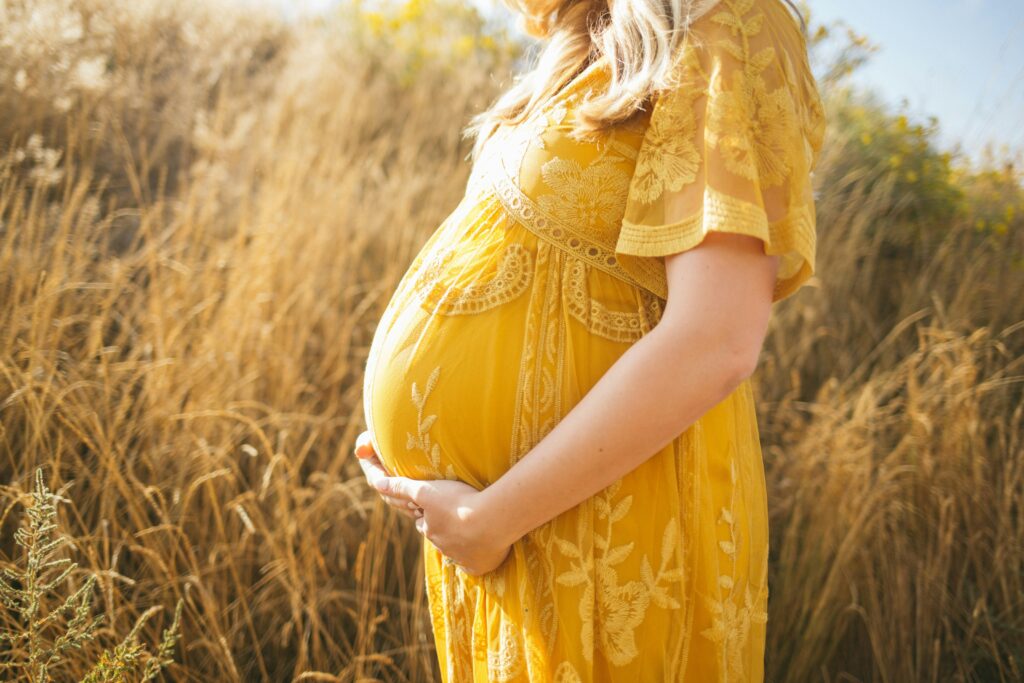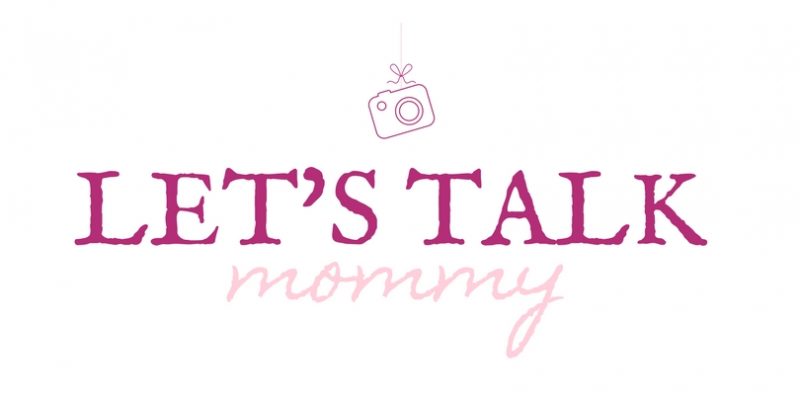Embarking on the journey of motherhood is a transformative experience, marked by profound physical and emotional changes.
Prenatal health is crucial in this journey, playing a significant role in the well-being of both mother and child.
Physical therapy emerges as a key component in balancing the demands of motherhood, offering therapeutic benefits that enhance prenatal health.
It addresses common pregnancy-related discomforts and prepares the body for childbirth.
This holistic approach not only eases the physical challenges of pregnancy but also fosters a positive prenatal experience, laying a strong foundation for maternal health and fetal development.

Photo by Anna Hecker on Unsplash
Motherhood In Newport: A Holistic Approach
In Newport, the concept of motherhood embraces a holistic approach to health and well-being.
Expectant mothers are increasingly seeking ways to maintain their health and prepare their bodies for the challenges of pregnancy and childbirth.
Physical therapy offers a structured and safe way to achieve this goal.
Finding Healthy Balances During Pregnancy
During pregnancy, it’s essential to find healthy ways to maintain physical and mental well-being.
Physical therapy provides a balanced approach to managing the changes and challenges that come with pregnancy.
It focuses on strengthening the body, improving posture, and alleviating common discomforts such as back pain.
This holistic approach is vital for expectant mothers, as it not only addresses immediate concerns but also prepares the body for childbirth and recovery post-delivery.
Physical Therapy For Prenatal Health
Physical therapy in prenatal care offers an integrative approach to maintaining and enhancing health throughout pregnancy.
- Alleviating Common Discomforts: As many as 50 to 70 percent of pregnant women experience back pain due to hormonal changes, altered center of gravity, and additional weight gain. Physical therapy helps address these issues by improving posture, joint alignment, muscle strength, and flexibility. This approach reduces the strain on the back and other body parts affected by pregnancy.
- Enhancing Physical Fitness: Physical therapy goes beyond just managing pain. It includes exercises that build endurance and strength, particularly in the hips, back, and abdomen. These exercises are critical for preparing the body for the physical demands of childbirth and can aid in a quicker recovery post-delivery.
- Guided Exercise Programs: A significant part of physical therapy involves guided exercise programs. These exercises are tailored to the individual needs of the pregnant woman, focusing on areas that require strength and flexibility. Regular exercise during pregnancy is linked to numerous benefits, including reduced gestational weight gain and lower risk of gestational diabetes mellitus.
- Home-Based Physical Therapy: Expectant mothers can benefit significantly from home-based physical therapy exercises. These exercises, when done regularly and under guidance, can make pregnancy and labor smoother and healthier. It is essential for women to choose the right program, focusing on strength, flexibility, and posture improvement.
- Nutritional Guidance and Lifestyle Changes: Some physical therapy programs also offer nutritional guidance and lifestyle changes as part of prenatal care. Studies have shown that combining physical activity with dietary changes can effectively manage gestational weight gain and reduce the risk of GDM.
Impact On Maternal And Fetal Health
Recent studies highlight the positive impact of physical therapy and regular exercise on both maternal and fetal health.
Regular physical activity during pregnancy is associated with a lower risk of excessive gestational weight gain, GDM, and macrosomia (excessively large babies).
It also improves insulin sensitivity and glucose tolerance, which are vital for managing or preventing GDM. Moreover, a physically active lifestyle during pregnancy contributes to overall well-being and can reduce stress and anxiety levels.
Key Takeaway
Embracing physical therapy in prenatal care marks a proactive step towards healthier motherhood.
This approach not only alleviates common pregnancy-related discomforts but also enhances overall physical preparedness for childbirth.
The benefits extend beyond immediate relief, contributing to improved maternal and fetal health outcomes.
By incorporating tailored exercises, posture improvement, and strength training, physical therapy empowers expectant mothers, fostering resilience and well-being.
Ultimately, this holistic strategy enriches the prenatal journey, transforming it into an empowering experience that benefits both mother and child.
As we recognize the importance of physical therapy in prenatal health, we open doors to a more balanced and healthful approach to motherhood.






